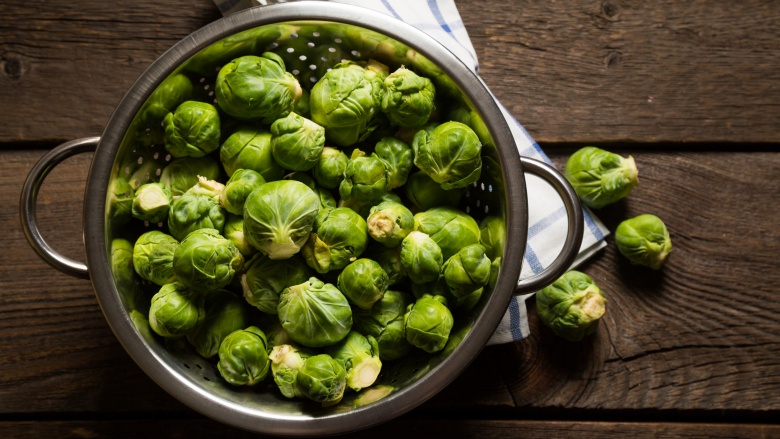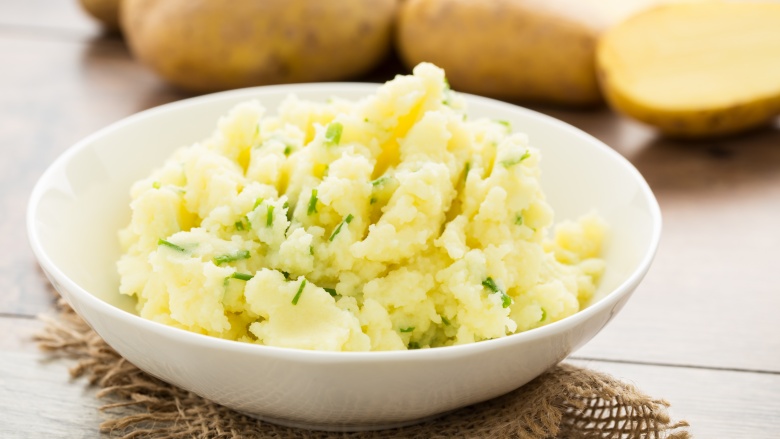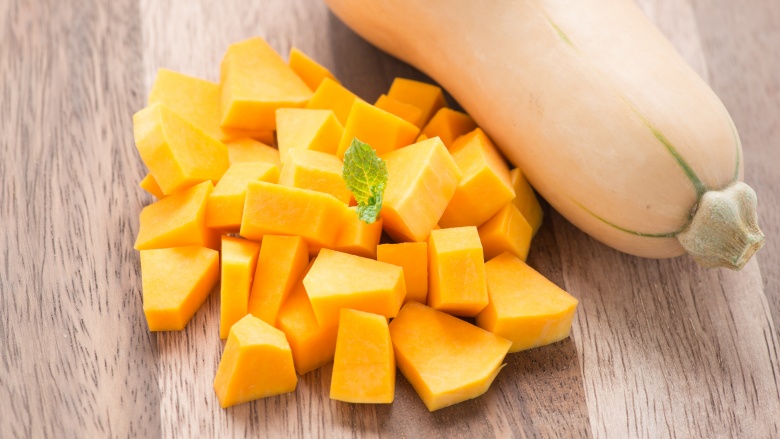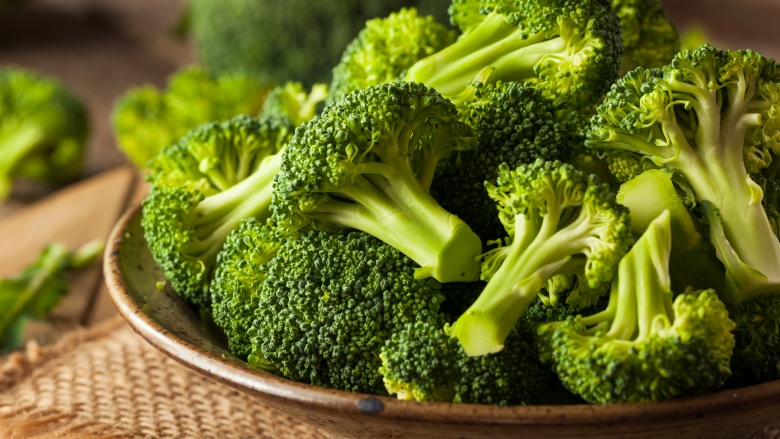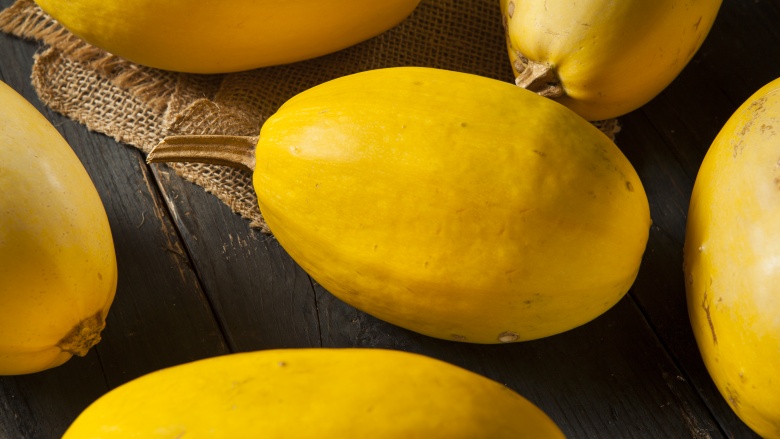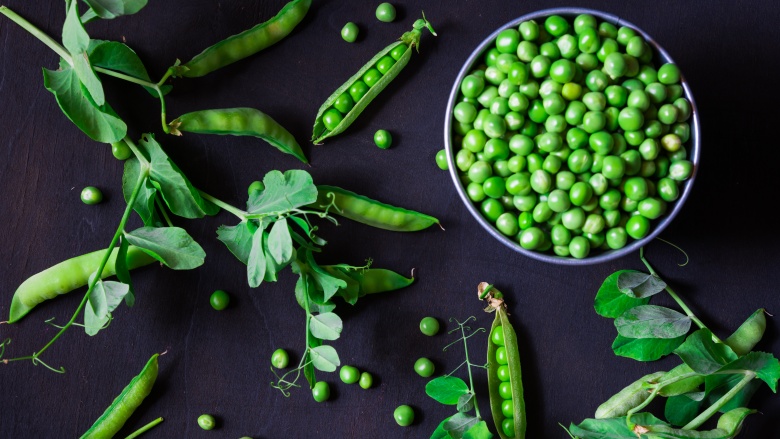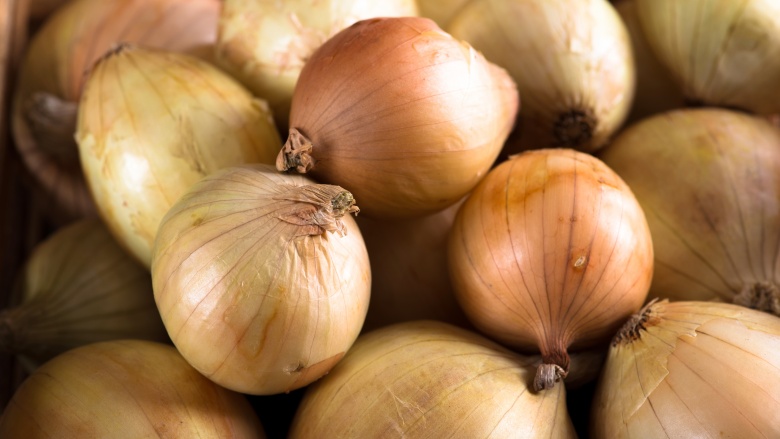Vegetables You've Been Cooking All Wrong
Let's be honest. We all probably have a tried-and-true way of cooking our favorite vegetables. But your way may not necessarily be the best way. While it's true that what really matters is that you're eating veggies at all, no one wants to make things harder than they have to be — especially when it's time to get dinner on the table. Whether you're making more work for yourself, or just not getting the best taste you can out of that fresh produce, read on for some new ideas that may have you cooking those delicious veggies a lot more often.
Brussels sprouts
Classic Brussels sprouts are roasted to perfection — but that perfection isn't so easy to come by. Cooking them in the oven takes at least 30 minutes, and that time depends on how many sprouts you have, how big they are, and the heat of your oven. If they don't spend enough time in the oven, they're crunchy and raw, and just a few minutes too many usually means they're black and inedible. But, lucky for you, there is an easy alternative. Instead of roasting your Brussels sprouts, try sauteing them in a pan the next time. Simply saute in oil for 7-9 minutes, then add butter and seasonings. Voila, perfectly cooked Brussels sprouts in minutes — with no overdone edges.
Carrots
Chopping carrots can be a pain. They're hard as rocks, and unless your knife is freshly sharpened, you end up with a forearm workout and a blast zone of carrot shrapnel. Turns out, there's an easier way to do it — and it's healthier. Instead of chopping your carrots before you boil them, boil them whole and then chop them up. Boiling them whole means they get to hold on to the nutrients that tend to wash away in the boiling water, and they get to keep more of their flavor. Plus, chopping soft, boiled carrots is a lot easier than working with fresh ones.
Potatoes
Mashed potatoes seem like a simple enough dish, right? Boil the potatoes, mash with milk and butter ... done. But there's more to making the perfect mashed potatoes than you think. Working up a sweat when you mash the potatoes isn't necessary — turns out the fluffiest mashed potatoes happen when you don't mash them too much. Overworking them releases too much starch and gives your mashed potatoes a chewy texture, so use a hand masher or ricer and only work them until they've reached a desirable consistency. Don't reach for a hand mixer or electric mixer either: those will overwork them even faster.
If baked potatoes are more your style, there's an easier way to do that, too. Instead of waiting up to 90 minutes for your potatoes to bake in the oven, cut out most of that time by starting them in the microwave. Zap your potatoes for 8-10 minutes to get the baking process well underway, then finish them off in the oven for just 20 minutes to achieve that crispy skin we all love so much.
Butternut squash
Butternut squash has a way of popping up everywhere toward the end of summer and all through fall. It's in big baskets at your grocery store and spilling from the edges of local farm stands. But what do you do with this giant, hard squash? The traditional way to cook a butternut squash is to roast it, but that's an exercise in both patience and muscle power. First you have to wrestle the monstrous thing in half, then scoop out all the seeds — and that's only the beginning. Once it's done roasting, you nearly burn your fingertips trying to dig all of the hot flesh away from the skin. No worries. I'm here to tell you that there is, in fact, a much easier way. Wrap your butternut squash in foil, set in your slower cooker on high and leave it there for four hours ... and that's it. Once the time's up, let it sit for 15 minutes, and it'll be ready to handle. After it's cooked, it's so much easier to cut in half, and the seeds just slip right out — no wrestling required.
Broccoli
Steaming broccoli seems like a natural step — what else is there to do with it, right? It may be a fast option, but it's not as easy as it sounds. Just a few seconds too long in that steamer and you're left with a mushy, tasteless pile of goop. Next time you have some broccoli florets on-hand, consider roasting them instead. It may take a few more minutes, but you won't need to hover quite as much to ensure a perfect side dish for your dinner. Just cut off the tops and trim the stems as usual, then cover with a generous amount of oil and salt and roast for 20-25 minutes. They'll still be soft, but the florets will be crunchy instead of soggy, and the salt and oil will infuse them with flavors you didn't know were possible with broccoli.
Spaghetti squash
I truly believe that spaghetti squash is one of Mother Nature's greatest gifts. I mean, we're talking about a vegetable that, when cooked, is a viable substitute for spaghetti. That shouldn't even be possible, but it is. Trouble is, as simple as spaghetti squash is to prep, it takes forever to cook. Who wants to wait an entire hour for a plate of "spaghetti"? Instead of waiting 45 minutes for it to cook in the oven, cook it in the microwave in a third of the time. You might need to pick a slightly smaller squash depending on the size of your microwave, but the prep is the same — cut it in half, scrape out the seeds and add your favorite seasonings. Then it only has to cook for 15 minutes in the microwave. That's faster than you cook a real spaghetti dinner, and that's definitely a win.
Peas
OK, so cooking peas on the stovetop isn't difficult. But believe it or not, you can make it even easier — yes, in the microwave. Fresh peas can be microwaved just the way you would cook frozen peas. Just add a couple tablespoons of water (and maybe some butter, salt, and pepper), cover, and heat for 3-5 minutes. It's unbelievably easy and just as tasty.
Now that you know all these secrets for the easiest ways to cook your vegetables, you don't have any excuses for leaving them off the menu. Ever!
Onions
There's no denying that caramelized onions are heavenly, but doing it the "right way" is truly a labor of love that can take 30 minutes or longer. Thankfully, there's a faster way. Instead of warming the oil in your pan before adding the onions, add the onions first. Once they start to brown, then add the oil and salt and saute them until they reach the consistency you like. Not only will they cook in half the time or less, but they'll be sweeter and retain more of their onion flavoring.
Corn
It seems like there are a million ways to cook corn on the cob, with the most popular being boiled or on the grill. While neither of those methods are terribly difficult, they can be time-consuming. Save yourself a ton of time by using your microwave instead. Set them right on the turntable in your microwave with the husks still on, and cook on high for 2 minutes. Flip them over and microwave for another 2 minutes, then let them sit for about 3 minutes to cool. That's all it takes for fully cooked corn on the cob — and I haven't even gotten to the best part yet. Once they've cooled enough to handle, the husks and all those pesky strings will basically fall right off, so no more sitting on your back porch shucking corn over a bucket for 30 minutes before you can start cooking dinner.

